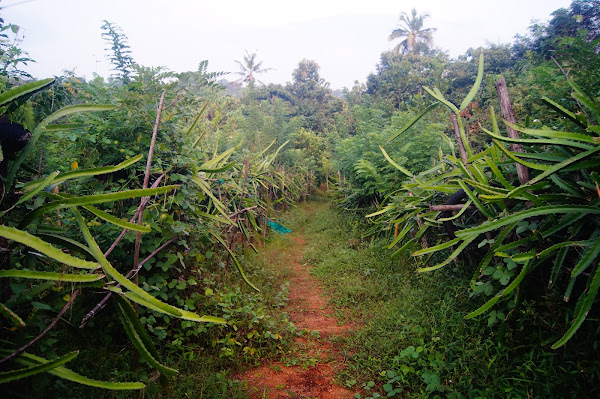Boosting Shatavari Growth: The Role of Trellises
Shatavari (Asparagus racemosus) is a prized medicinal herb known for its therapeutic properties, particularly in traditional Ayurvedic medicine. Cultivating shatavari involves several considerations to ensure optimal growth and yield. One effective method to enhance its cultivation is the use of trellises. Let's explore how trellises can significantly benefit shatavari plants, encouraging more growth, root development, climbing ability, and abundant flowering.
Understanding Shatavari's Growth Needs
Shatavari is a climbing perennial plant that belongs to the asparagus family. It typically grows in tropical and subtropical regions and thrives in well-drained soils with ample sunlight. The plant's unique structure includes thin, wiry stems that require support as they grow. Shatavari's root system is extensive and delicate, making it essential to provide adequate support for vertical growth.
Importance of Trellises in Shatavari Cultivation
1. Structural Support and Vertical Growth:
- Shatavari plants naturally climb and sprawl. Without proper support, their stems can become tangled, inhibiting growth and potentially damaging the plant. Trellises provide a structured framework that allows shatavari to grow vertically, optimizing space and exposure to sunlight.
2. Promoting Root Development:
- Trellises encourage shatavari plants to establish a strong root system. As the plants climb and anchor themselves to the trellis, their roots penetrate deeper into the soil. This enhances nutrient uptake and stability, ensuring healthier and more resilient plants.
3. Enhanced Air Circulation and Sunlight Exposure:
- By lifting shatavari plants off the ground, trellises improve air circulation around the foliage. Adequate airflow reduces humidity levels, minimizing the risk of fungal diseases and promoting overall plant health. Furthermore, elevated positioning on trellises maximizes sunlight exposure, crucial for photosynthesis and flower production.
4. Facilitating Flowering and Harvest:
- Shatavari plants grown on trellises are more likely to produce abundant and accessible flowers. Flowers are not only aesthetically pleasing but also essential for seed production and future plant propagation. Trellises simplify harvesting by providing easier access to both stems and roots.
Practical Considerations for Using Trellises
- Trellis Design: Choose a sturdy trellis structure that can support the weight of mature shatavari plants. Bamboo or wooden trellises are commonly used due to their durability and natural aesthetics.
- Installation: Position trellises before planting shatavari to avoid root disturbance. Secure trellises firmly in the ground to withstand wind and plant weight.
- Maintenance: Regularly check and adjust trellises as shatavari plants grow. Train stems to climb the trellis using gentle ties or clips to avoid damaging plant tissue.
Incorporating trellises into shatavari cultivation practices offers numerous benefits, from supporting vertical growth and root development to enhancing flowering and harvest efficiency. By providing structural support and optimizing environmental conditions, trellises contribute significantly to the overall health and productivity of shatavari plants. Whether you're cultivating shatavari for personal use or commercial purposes, integrating trellises into your growing strategy can lead to healthier plants and increased yields of this valuable medicinal herb.







Comments
Post a Comment